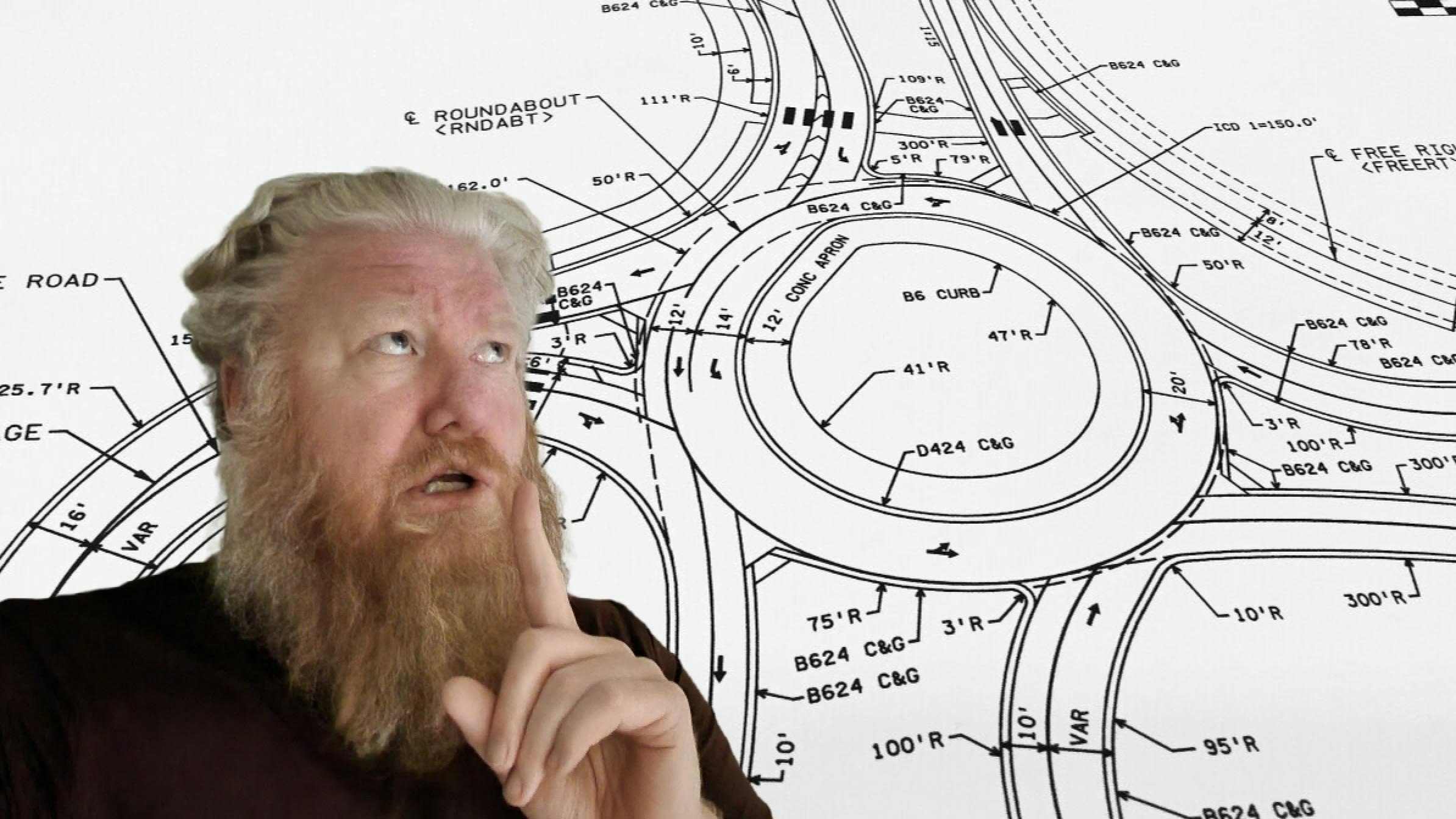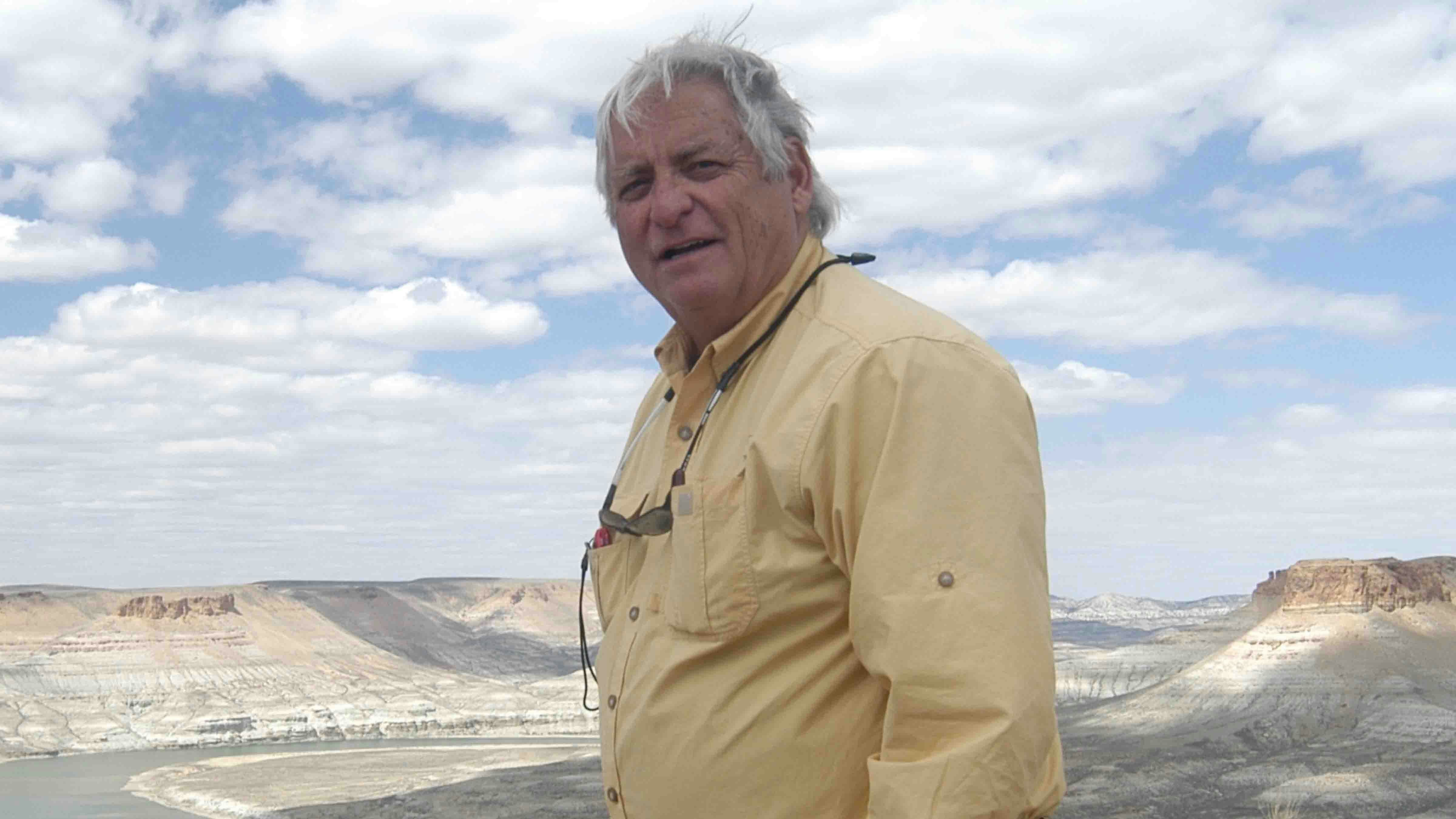By Aaron Turpen, automotive writer
Oh, the roundabout. Harbinger of evil and dissector of driver intelligence. Wyoming has several roundabouts, most of which are located at major intersections where traffic is often busy only at intervals rather than all the time. Roundabouts will, theoretically, reduce vehicle emissions, improve traffic flow, and decrease accidents. In the real world, according to Wyoming drivers, it’s not that cut-and-dried.
The first traffic circles, or rotaries, were introduced in England, France, and Washington D.C. in the late 1700s. Thus they were immediately associated with progressivism and modern thinking, though the one in England was on the aptly-named Circus route.
Soon, roundabouts in these earlier, mostly horse-and-carriage designs were introduced all over the place. It’s only recently that they’ve hit the mainstream here in Wyoming, however, with earlier traffic circles here being nothing more than wide intersections where horses could choose a direction at will. Sometimes with driver or rider input, depending on state of inebriation.
Here at Cowboy State Daily, there are strong opinions from staffers on the subject of roundabouts. Especially the two-lane design at the intersections of Pershing Boulevard and Converse Avenue. Situated right where Blue Federal Credit Union has its headquarters, the Veteran’s Administration Hospital has its campus, and no less than five intersections collide, this circle is the most used-and-abused in Cheyenne. Throughout Wyoming, roundabouts are being put in as road and highway updates are made.
Modern roundabouts are far different from the horse-and-carriage designs of our forebears. These are designed for modern traffic needs, like Teslas with automated crash-enhancement systems and pickup trucks with five inch lift kits and straight-piped diesel power.
Wyoming’s Department of Transportation loves roundabouts. They have a whole web page designated just to them. WYDOT loves being ambiguous, so the well-named Roundabout Education page is more apt than usual. It claims five roundabouts on Wyoming’s highway system, which wouldn’t include in-town “mini-circles” such as those found in Cheyenne, Casper or Laramie. But WYDOT, the naysayers will point out, is also the institution responsible for the nutjob design of the I-25 overpass at exit 7. A point we must acknowledge as true.
Which brings us to what we think of roundabouts. Before I give my opinion, let’s ask some Cowboy State Daily staffers.
Rod Miller, who has absolutely no association with Joe Rogan, says: “Aaron, count me firmly in the ‘roundabouts are from the devil’ camp. A drones-eye view of a roundabout reveals all the disturbing satanic symbology one would need to defeat the lies of MSM that roundabouts are good things. Drive around in one for a few laps, and you can smell the sulphur and brimstone seething from the asphalt.
“But there’s hope!! If you act now, for the amazingly low price of $11.99, you can receive the Cowboy State Daily prayer scarf, which is guaranteed to keep the demons, djinns and imps out of your hair when you drive through roundabouts.”
Greg Johnson was more social media savvy with his response, merely sending everyone a link to the scene in European Vacation where Clark and family spend the day trying to turn left in the infamous circle in London.
Renee Jean, business and tourism reporter, points this out: “..there’s a roundabout in France that’s so bad, if your car drives through it, you can’t get insurance. I was told this while visiting Paris.” She continues, “I’ve also found it’s not so easy to change lanes. Some people are zipping around those lanes like they’re a race track. It’s hard to see those fools coming when you’re trying to change lanes.”
To that point, both Jimmy Orr and I have the same philosophy for getting through a roundabout: “My strategy is clear. Wait for opening and then floor it. Get in and out of it as fast as humanly possible. Also, be aware that everyone else in the roundabout with you is an idiot. And know they are trying to wreck you so act accordingly. If that means going 80 mph through it – just to get out of it. That’s ok.”
To which I added: “I think roundabouts are great. It’s people not knowing how to use them that’s the problem. And since most Wyoming drivers are idiots, per my experience, roundabouts here are a joke.”
State political reporter and self-avowed “supporter of Socialist projects” and “roundy-round lover” Leo Wolfson responded with: “I agree, Aaron. I think in practice they’re totally great, but less so when used by people not versed in using them. In a state like Wyoming where they’re not common, that means a lot of people.”
Outdoors reporter Mark Heinz is less opinionated, but hits the political point directly: “I’m mostly neutral about roundabouts. While delivering to customers in Colorado, I’ve pulled a trailer full of firewood through a few, and never had any problem. But, I also fail to see what’s supposedly so cool about them. I mean, are they supposed to make us feel more European, or something?”
To answer Mark’s question and address the clear bias of Leo, the answer to the question of whether roundabouts are a European thing is.. Well, yes. They did adopt them en masse far sooner than we did. For the same reasons we took so long to decide whether fuel economy and emissions issues were important. The U.S. isn’t Europe. We drive further and longer and with more powerful vehicles than they do. And on the correct side of the road. And without the mamby way-too-easy-math metric crap to measure how we’re doing it.
But we also know that a few of Europe’s ideas haven’t been so bad. Europeans invented the car, for example. And the internal combustion engine that powers them. And the automatic gearbox (transmission) that makes driving accessible to millennials. We have a lot to thank Europeans for. Including roundabouts.
Love them or hate them, roundabouts do serve two unique purposes. They improve efficiency on roadways where we’d otherwise be waiting for lights or wondering whose turn it is to leave the stop sign. And they give us something else to complain about besides potholes and highway closures thanks to truckers that can’t read “No Light Loads” signs.
Roundabouts mostly get a bad rap here because WYDOT pairs them with things like wrong-way driving over the exit 7 bridge and a general lack of signage explaining how, exactly, the roundabout is supposed to work. Perhaps roundabout driving should be required during driver’s testing at the Department of Motor Vehicles. The one in Cheyenne is right next door to that overpass monstrosity, after all.
Aaron Turpen is an automotive journalist living in Cheyenne, Wyoming. His background includes commercial transportation, computer science, and a lot of adventures that begin with the phrase “the law is a pretty good suggestion, I guess.” His automotive focus is on consumer interest and both electronic and engineering technology. Turpen is a longtime writer for Car Talk and New Atlas.





